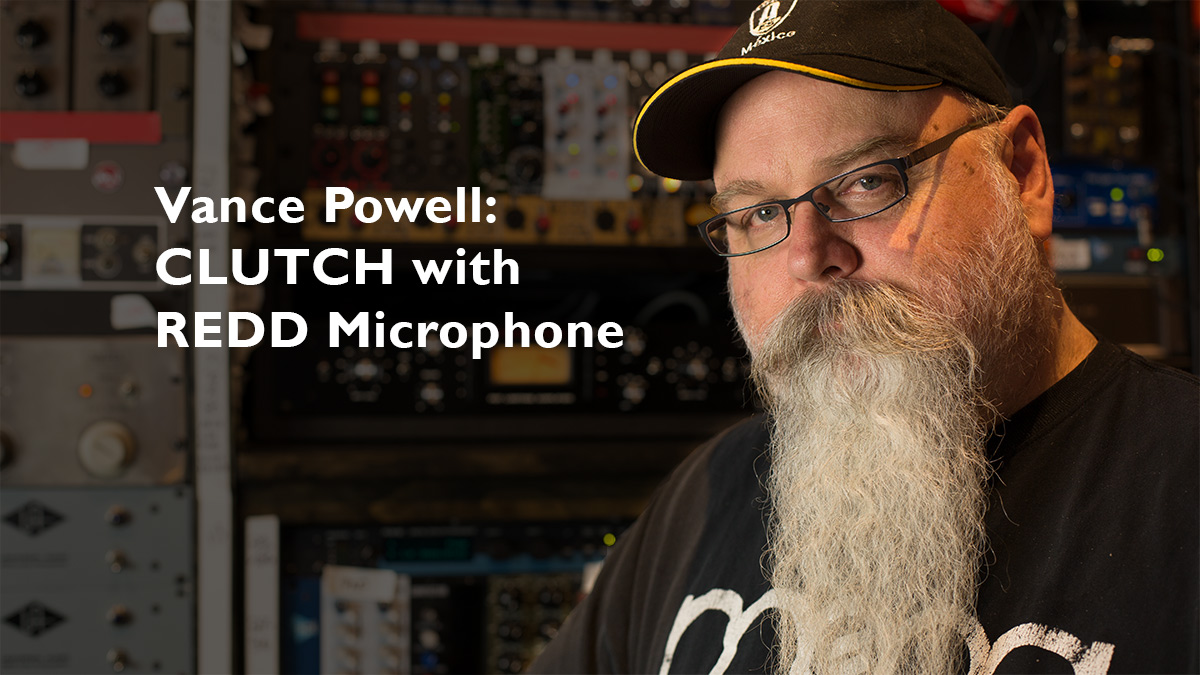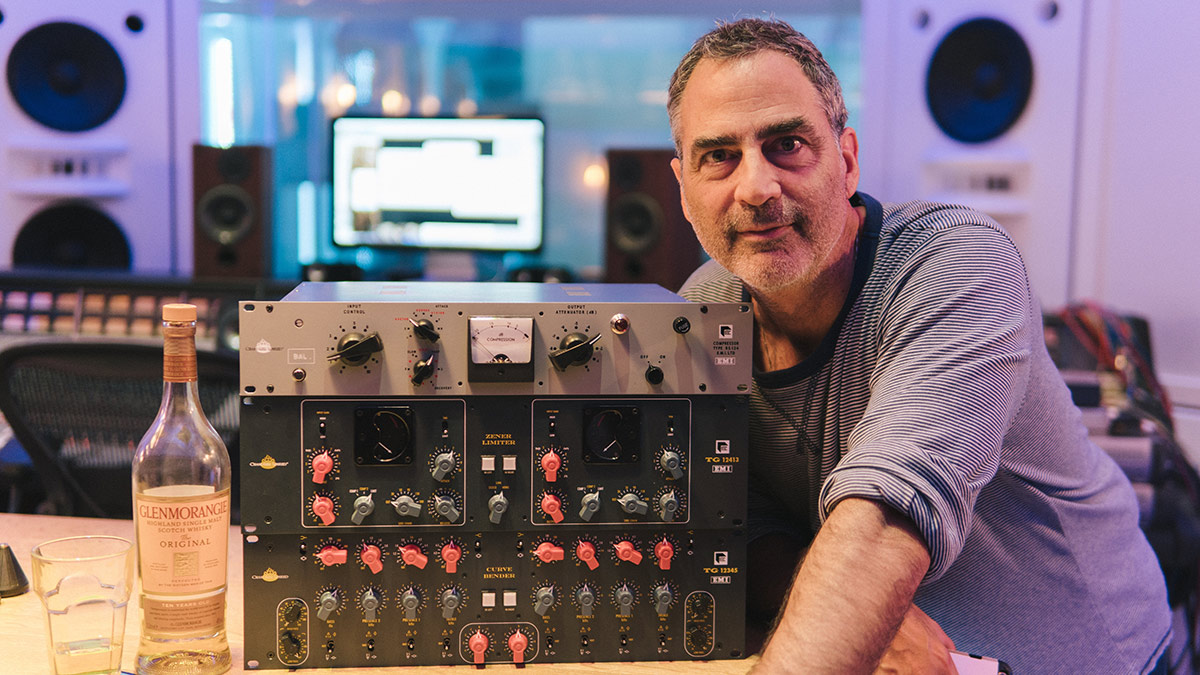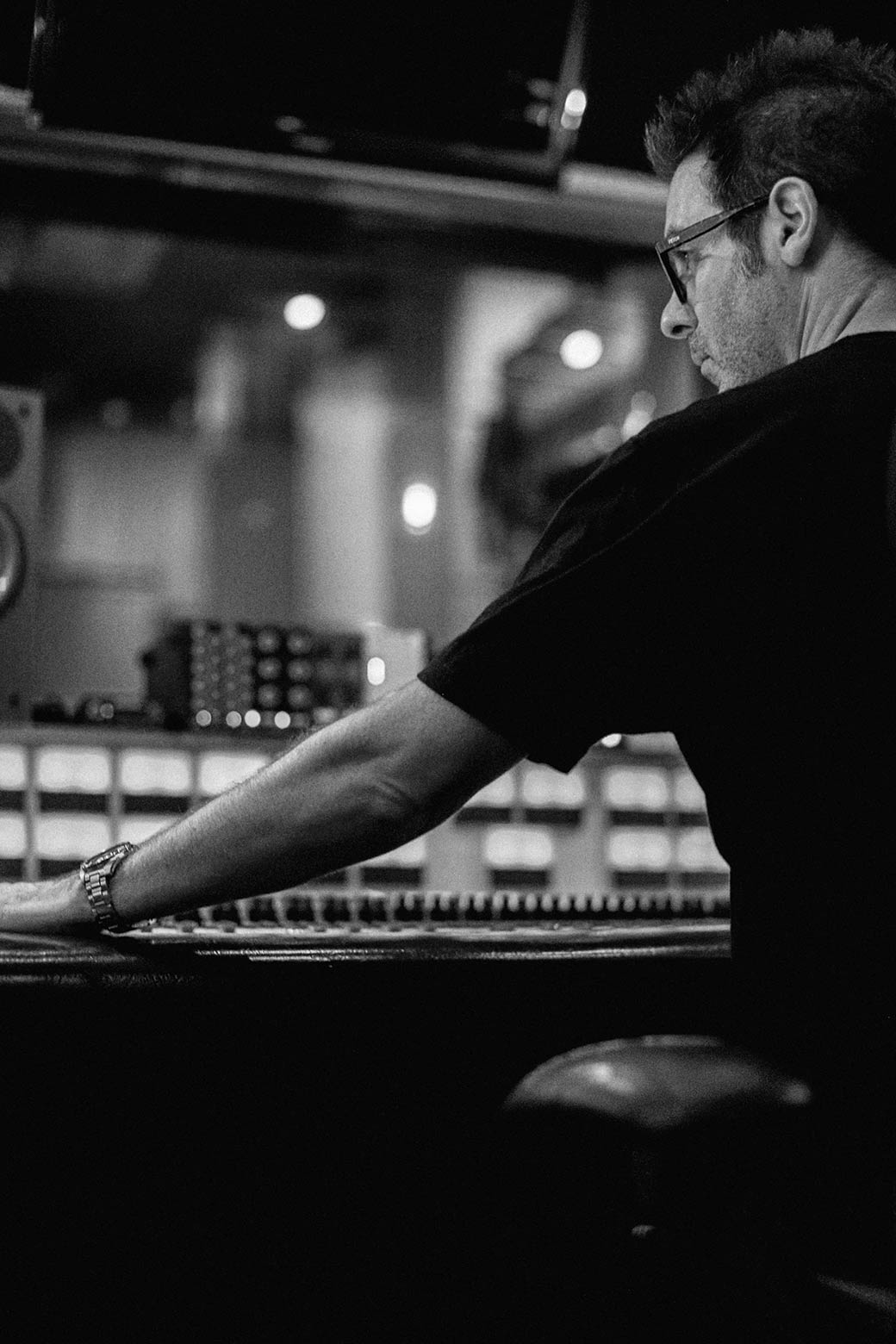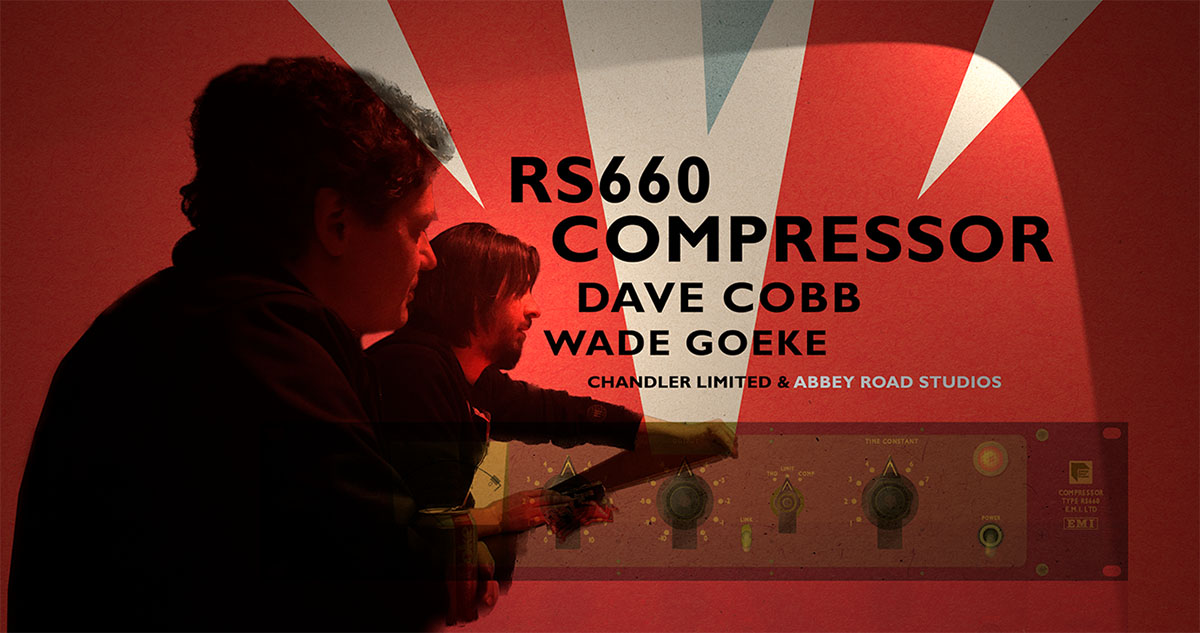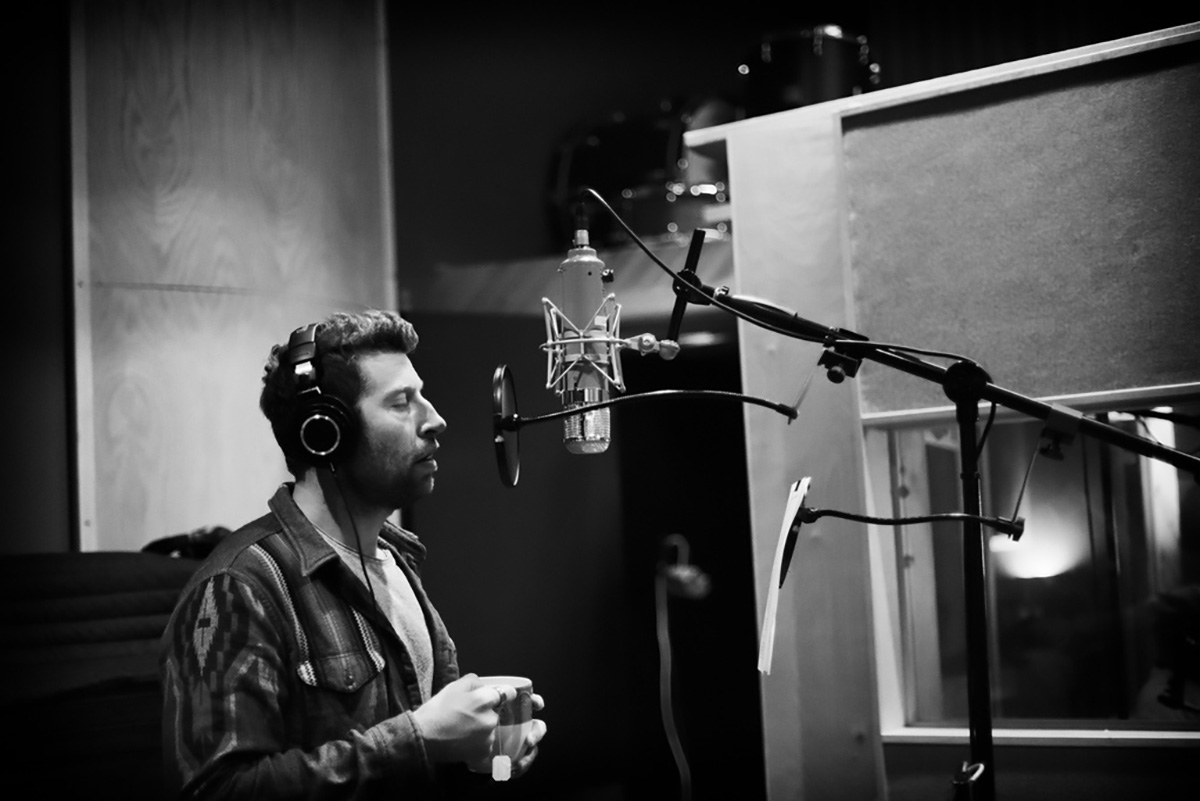EMI TG EQ Mastering Pack
by: John Baccigaluppi
Tape Op Magazine – Jan/Feb 2007
Abbey Road Studios along with their stateside partner, Wade Goeke of Chandler Limited, are continuing to make some of the great sounding early audio gear from the EMI Empire available to us common folk. Wade’s hardware is amazing, but the plug-ins are also surprisingly great. The EMI compressor plug-in has been in use at The Hangar for almost a year now and continues to get rave reviews from engineers using it. Now they’ve released two new EQ plug-ins based on classic EMI designs. The TG12412 Mastering EQ is based on the solid-state EMI mastering desks which were based on the even earlier RS56 Curve Bender mastering EQ used on the Beatles records from Sgt. Peppers onward. Engineer Geoff Emerick (see interview this issue) had spent some time as a mastering engineer at Abbey Road before being promoted to balance engineer for the Revolver sessions. By Sgt. Peppers, he was allowed exclusive use of the Curve Bender in the recording (as opposed to mastering) studios at Abbey Road. How do I know this? I have a copy of Recording the Beatles (reviewed in Tape Op #56), and you should too! In referencing the TG12412 plug-in to the Curve Bender EQ in the RTB book, it’s easy to see that the TG12412 evolved from this classic EQ. The Curve Bender has three bands while the TG12412 has four, but the frequencies are closely related. The older EQ is mostly in octaves: 32, 64, 128, 256, 512, 1024, 2048, 4096, 8192, and 16400 Hz, as well as 5800 and 11,600 Hz. On the new EQ, 45, 91, 181, 362, 724, 1448, 2600 and 3250 Hz are added. The original Curve Bender was probably one of the first parametric, or quasi-parametric, EQs with its bandwidth control. Not continuously variable, but each band could be shelved (high or low); or if a bell curve, the bandwidth could be set to blunt, sharp, med-blunt, or med-sharp. On the new plug-in EQ, blunt and sharp remain but medium is now just medium for five (rather than six) Q options. We got the plug-in installed just as engineer Thom Monahan started a mix session for the band Matt Pond PA, and Thom’s comments were:
“Whoa . . . best sounding digital EQ I’ve ever heard. I love this plug-in. I’m a big fan of EQs with fewer options because they force you to shape your mix around simple musical shapes. The EMI Curve Bender is kind of like a “super Pultec” with enough points and shapes so that you can use it as a corrective EQ without losing the flavor of limited options . . . it’s just right. Using it on snare and floor tom, I was able to really really radically change tracks in a musical fashion that just made me want to jump up and down. On acoustic guitar, the Curve Bender top end boost just didn’t even sound like software to me, just more ‘better’, the way that my favorite hardware does.”
The plug-in package also includes the simple TG12414 Presence Filter, which is a low and high-pass filter along with a midrange presence cut or boost at 500, 800 Hz, 1.2, 1.8, 2.8, 4.2, or 6.5 or 10 kHz as found on the solid-state EMI TG consoles. The plug-in comes in both mono and stereo versions. Wade at Chandler is set to introduce a 3RU stereo version of the Curve Bender EQ in hardware in early 2007, which will probably be pretty amazing sounding. But even so, most studios and engineers will be lucky to afford even one of these units, so I’m sure these plug-ins will see lots of use, even in hardware-based studios like my own.
—John Baccigaluppi

